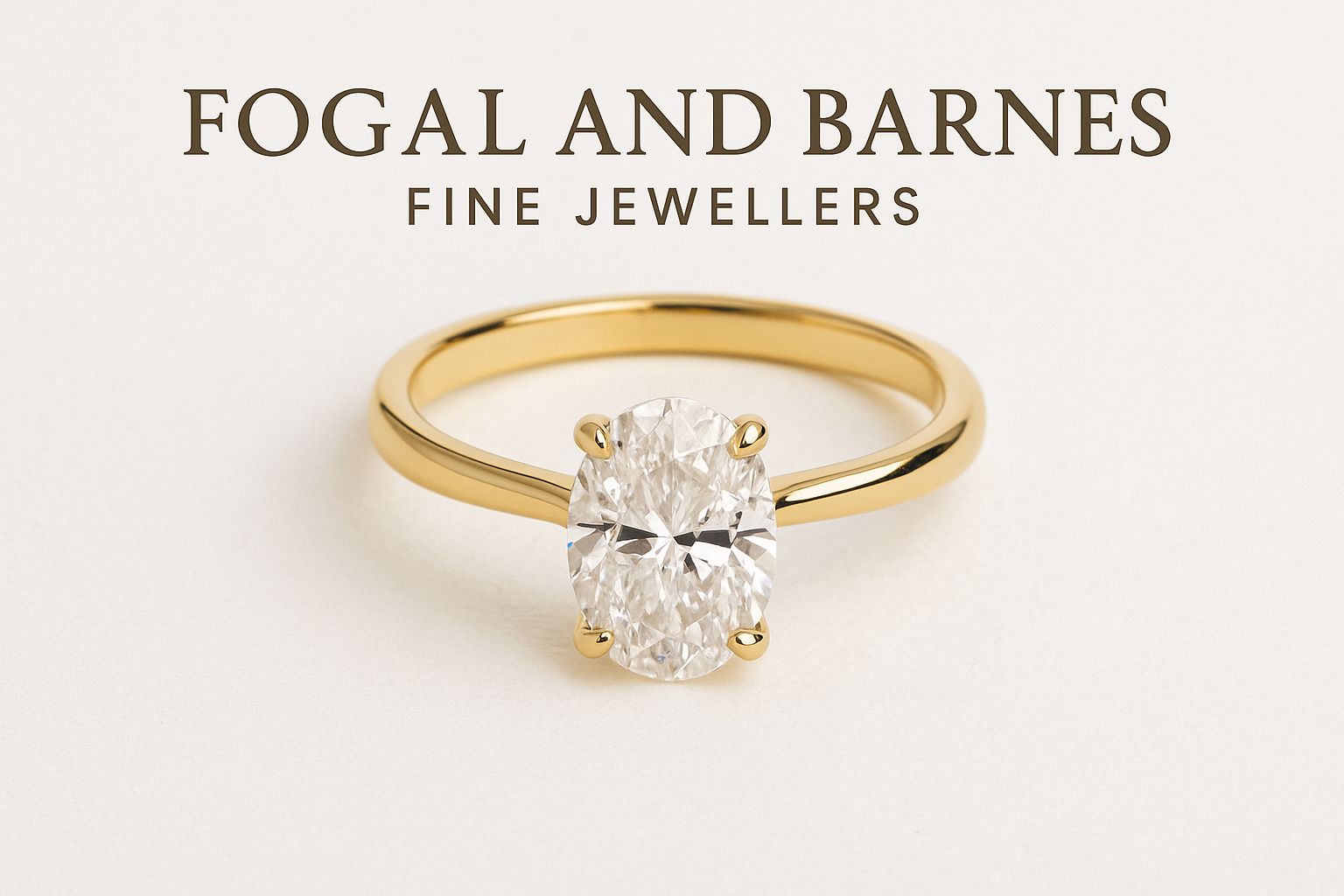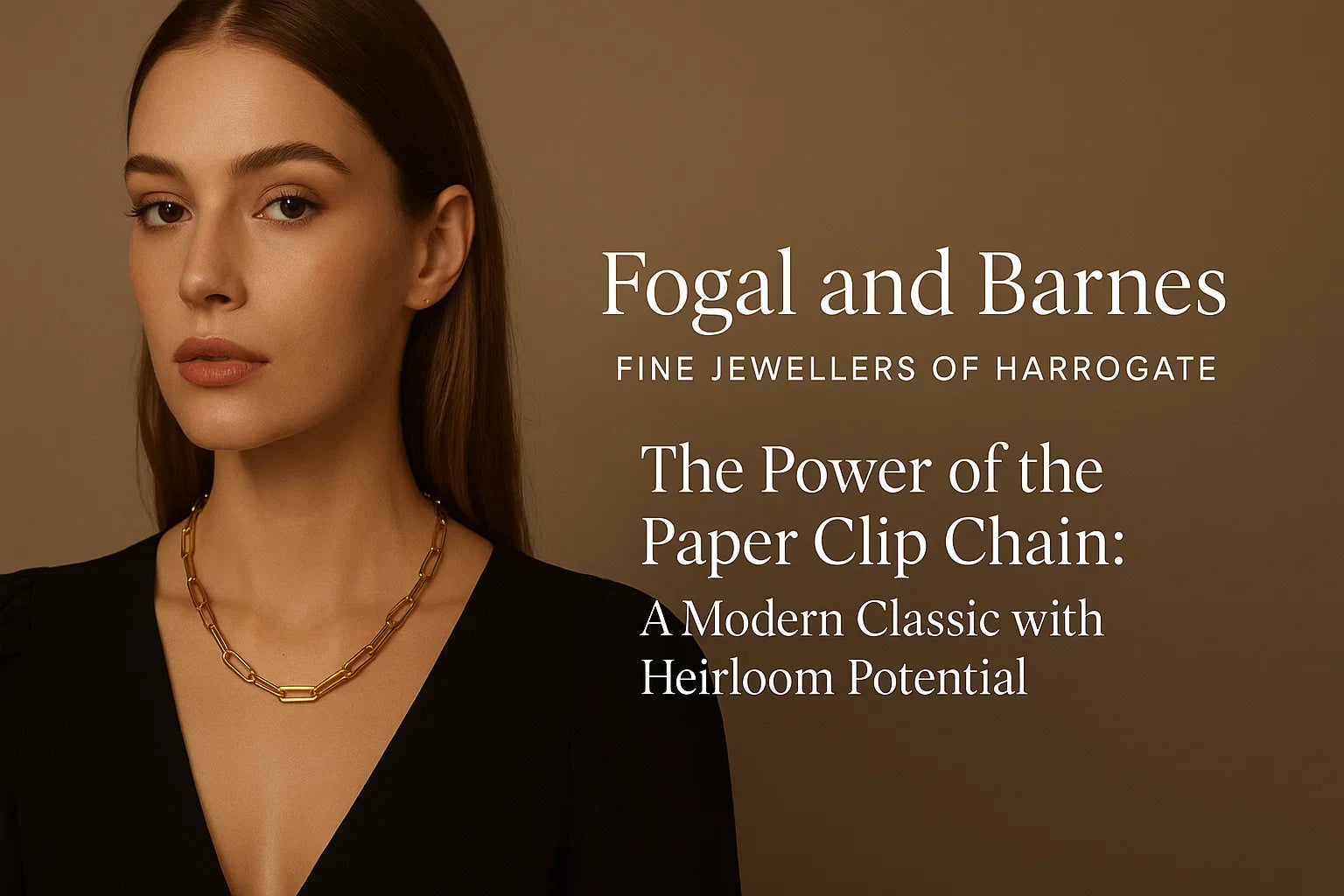
The GIA's Game-Changing Approach to Lab-Grown Diamond Certification: A Jeweller's Perspective
The diamond world is positively buzzing with news that's set to reshape how we understand lab-grown diamonds forever. The Gemological Institute of America (GIA)—the world's foremost authority in gemology—has announced it will no longer use its internationally recognized 4Cs grading system for laboratory-grown diamonds.
As your local Harrogate jewellers, we've been watching this development with keen interest, and frankly, it's rather revolutionary. Let me walk you through what this means for you, whether you're browsing for an engagement ring, anniversary gift, or simply treating yourself to something spectacular.
What's Actually Changing?
The changes are quite substantial, really. Later this year, GIA will stop grading lab-grown diamonds by the colour and clarity scale it uses for natural diamonds and instead use two broad classifications: "premium" and "standard". Gone are the precise D-Z colour grades and FL-I3 clarity grades we've all become accustomed to seeing on certificates.
This represents a complete departure from the traditional approach that's been in place since GIA began grading lab-grown diamonds back in 2007. It's rather like switching from precise measurements to broader categories—imagine describing Yorkshire weather as simply "pleasant" or "typical" rather than giving exact temperatures and conditions!
Why This Matters to You as a Diamond Buyer
As someone who's spent years helping Harrogate families choose their perfect diamonds, I can appreciate why this might feel a bit unsettling initially. The 4Cs have been our common language for decades—a way to compare stones objectively and make informed decisions.
However, there's method in this apparent madness. The GIA's decision acknowledges what many of us in the trade have observed: lab-grown diamonds, whilst chemically identical to natural stones, represent a fundamentally different category of gem. They're created in controlled environments rather than formed over billions of years deep within the Earth.
The Two-Tier System Explained
The new "premium" and "standard" classifications will be based on metrics related to colour, clarity, and cut quality, though the GIA hasn't yet released the specific criteria. What we do know is that this system aims to provide clearer distinction between natural and lab-grown stones whilst still offering quality guidance for consumers.
Industry Reactions: A Mixed Bag
The response has been, shall we say, rather spirited. Natural diamond advocates are applauding the move, seeing it as proper recognition of the distinction between mined and lab-grown stones. Meanwhile, lab-grown diamond retailers are expressing concern that the new system might create confusion or undervalue their products.
From our perspective as independent jewellers, what matters most is transparency and helping our customers make choices they'll treasure for decades to come.
Our Commitment to You
As these changes unfold, we're committed to staying true, we only source natural mined diamonds.
Visit Us in Harrogate
As always, we're here to guide you through every aspect of your diamond journey, from understanding the latest industry developments to finding that perfect stone that makes your heart skip a beat.
Ready to explore your diamond options? Visit Fogal & Barnes Fine Jewellers in Harrogate, or call us to arrange your personal consultation. Because every diamond tells a story, and we'd love to help you write yours.



